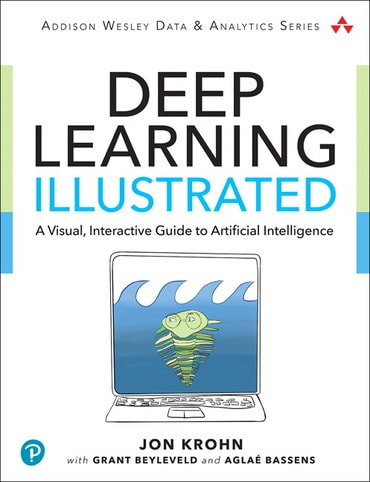Switch content of the page by the Role togglethe content would be changed according to the role
Deep Learning Illustrated: A Visual, Interactive Guide to Artificial Intelligence, 1st edition
Published by Addison-Wesley Professional (September 18, 2019) © 2020
- Jon Krohn
- Grant Beyleveld
- Aglaé Bassens
eTextbook
$45.99
$47.99
Need help? Get in touch

Digital Learning NOW
Extend your professional development and meet your students where they are with free weekly Digital Learning NOW webinars. Attend live, watch on-demand, or listen at your leisure to expand your teaching strategies. Earn digital professional development badges for attending a live session.

